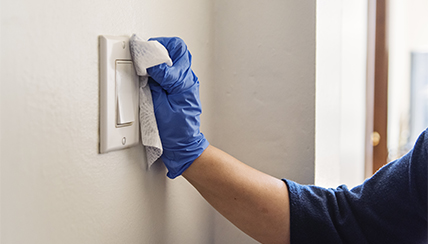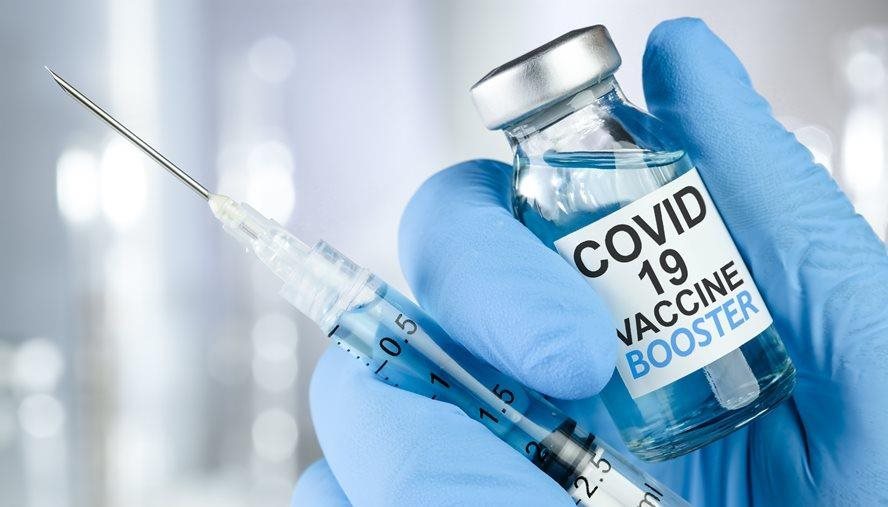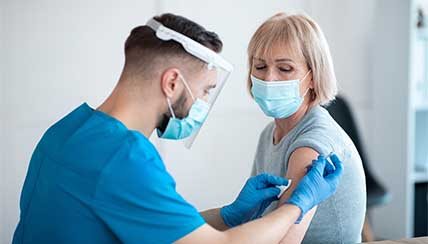How to Disinfect to Kill Germs
Disinfecting to Kill COVID-19 and Other Germs
COVID-19 is highly contagious. It is easily spread through small, invisible droplets that a person with the disease coughs or exhales. The droplets can land on surfaces or objects nearby. If you touch the droplet-covered surface or object and then touch your eyes, nose, or mouth, you can contract COVID-19. In addition to personal safety practices, such as wearing masks and social distancing, it is important to regularly disinfect surfaces to minimize the risk of contracting COVID-19 and other viral and bacterial infections.
Cleaning vs. Disinfecting
It is important to know the difference between cleaning and disinfecting. Imagine you’re baking cookies and some of the ingredients fall on the counter. You can wipe up those ingredients with a wet paper towel or cloth, and they may not be visible on the counter anymore. You have “cleaned” the surface. But microscopic particles such as viruses and bacteria continue to live on the counter’s surface. To remove viruses, destroy bacteria and truly “disinfect” the surface, you must use EPA-registered disinfecting products. And you must follow the instructions on the product’s label. Instructions may include pre-cleaning measures, completely wetting the surface or object with the product, allowing the product to sit for an extended period of time or allowing to air dry, or wiping down with a dry or wet towel.
View EPA-registered Disinfecting Products
What to Disinfect
Many surfaces and objects around the home and workplace must be regularly disinfected to help prevent the spread of COVID-19. Surfaces and objects that have a high potential of carrying the COVID-19 virus include:
 light switches
light switches- door handles or knobs
- kitchen cupboard handles or knobs
- refrigerator or freezer handles
- toilet handles
- toilet seats
- sink handle(s)
- steering wheel
- kitchen counter tops
- table tops
- toys
- mailbox
- keys
These aren’t the only surfaces to disinfect. It’s important to also disinfect surfaces and objects that are used or touched less often such as:
- windows and windowsills
- blinds and blind pulls, and/or window covering like curtains
- standing fans
- mirrors
- garage door openers, wall mounted or in the car
Disinfecting Electronics
While it’s important to disinfect electronics, you should not use common household disinfectants such as Lysol wipes to clean them. Electronics should be disinfected using alcohol-based wipes or spray containing at least 70 percent alcohol. Items included in this category include:
- keyboards
- computer mouse
- game consoles and controllers
- remotes
- television and computer screens
- cellphones
- electronic car keys
Disinfecting Around a Sick Person
If you have a family member who has symptoms or who was diagnosed with COVID-19, you must protect others from those germs. Disinfecting or killing germs can help prevent others from getting sick. Wear a mask and gloves when you are around a sick person. Disinfect surfaces and objects immediately after the sick person has touched or used them. The sick person also can help by using disinfecting wipes to clean items they’ve touched including their trash can. The sick person must also wear a mask.
Washing Laundry from Someone Infected with COVID-19
When washing laundry for a sick person, wear a mask and gloves. Don’t shake dirty laundry. It can unknowingly scatter the virus in the air. Follow the manufacturers’ washing instructions. Dry items completely. Disinfect laundry baskets and hampers When done with laundry and disinfecting, remove and dispose of gloves, and wash your hands right away.
Remember, regularly disinfecting surfaces and items with EPA-approved products slows the spread of COVID-19. Be safe.
View EPA-registered Disinfecting Products
This information has been reviewed and approved by Infection Preventionist Rosine Angbanzan, MPH, (May 2020)
| The information on our website is medically reviewed and accurate at the time of publication. Due to the changing nature of the COVID-19 pandemic, information may have since changed. CDC.gov and your state’s health department may offer additional guidance. |


